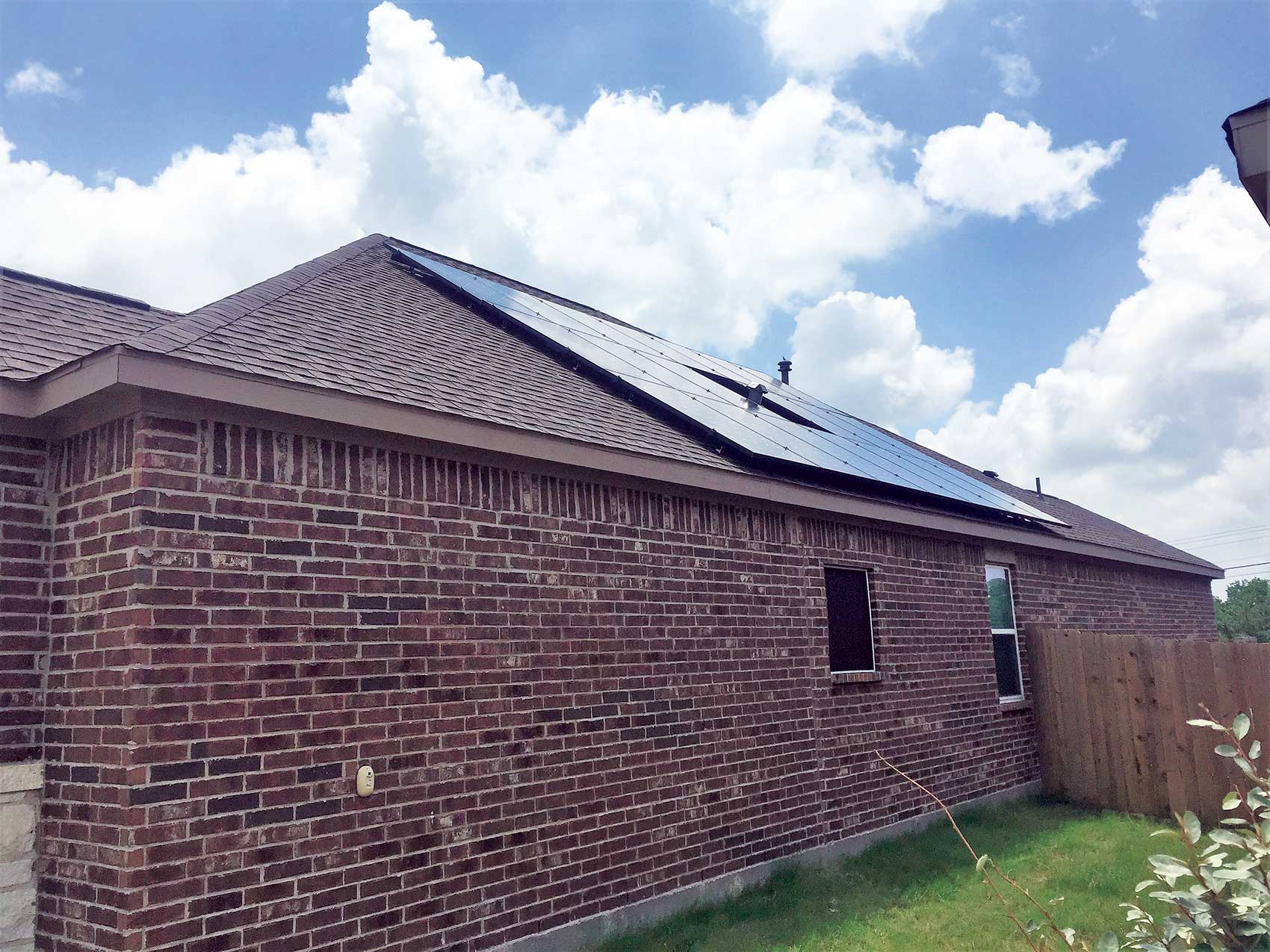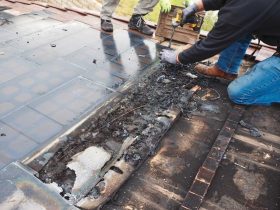Question
I am hoping you may be able to help me with the interpretations or point me to the correct resource. I am having trouble interpreting Section 705.12(D)(3) [NEC 2011] and the exception to 705.32. Specifically, I am having issues with the exception.
Exception: Connection shall be permitted to be made to the load side of ground-fault protection, provided that there is ground-fault protection for equipment from all ground-fault current sources. Ground-fault protection devices used with supplies connected to the load-side terminals shall be identified and listed as suitable for backfeeding. [NEC 2011, 705.12(D)(3)]
I have a 480V/277V solar switchboard rated 1600A with a bolted pressure switch and a GFP device. The long-time setting of the switch is 1000A. The switchboard has 10-100A interactive utility connection (solar inverters from solar arrays) connected on the load side of the BP Main GFP sensor.
The exception permits this practice, “provided that there is ground-fault protection for equipment from all ground-fault current sources. Ground-fault protection devices used with supplies connected to the load-side terminals shall be identified and listed as suitable for backfeeding.”
My interpretation of the exception is that the 10-100A breakers would also have to provide a level of GFP and that the breaker and GFP sensor within the downstream load side connected branch feeder breakers be listed for back feeding. This would provide the switchboard from ground-fault protection from the solar arrays (other than utility ground-fault current sources). Is this correct?
Currently, the 10-100A installed breakers are molded-case fixed curved breakers that do not have GFP capability. The contractor’s argument is that if the inverters shut down on a loss of utility, then the switchboard would be protected by the inverter’s GFCI devices. I do not agree with this due to the inverter (ungrounded inverters) GFCI devices sensing current on the DC side of the inverter only.
The engineer of record (EOR) has written a letter stating that he has designed the system to code and accepts the installation as is.
— Zane Bailey
Answer
The basic requirement that you are inquiring about is located in 705.32 of the 2017 NEC. You are correct when you state that the ground-fault protection of equipment (GFPE) required in Section 690.35 of the 2011 NEC has nothing to do with the inverter output circuits and solely addresses DC ground faults on the DC side of the inverter. The requirement for not installing inverter output circuits on the load side of any AC GFPE protection is a basic safety issue. If the primary GFPE device opens due to a ground fault, there should be nothing on the load side that continues to supply power into the fault.
Even if the assumption is correct that a disturbance in the AC waveform due to the fault, or loss of AC power due to the GFPE device opening, causes the anti-islanding feature to shut down the inverters still takes up to 30 seconds. Supplying power into a ground fault for 30 seconds could cause catastrophic damage. You are also correct that the 100-amp breakers in this installation would have to be GFPE and be rated for backfeed operation.
Jim Rogers
IAEI, CMP-4 Principal
Question
I am hoping you can clarify calculating maximum modules on a string. Right now, I am looking at a solar plan review, with Hyundai modules. The Vmpp of the module is 47.4, and the Voc is 39.1 volts. They have 16 modules in a string. Doing my calculations from Section 690.7, using the Voc of 39.1, I come up with 625 volts, which exceeds our 600-volt maximum for a residential application. Am I off track here or this the proper way to calculate?
Thanks for your help. I greatly appreciate it.
— Jim Eales, Electrical Inspector
Answer
Section 690.7, Maximum Voltage, (NEC-2017) provides the requirements for establishing the maximum voltage of the DC source and output circuits of a PV system. For one- and two-family dwellings, the maximum is limited to 600 volts. Module open-circuit voltage (Voc) increases as ambient temperature decreases. The increase in Voc due to lower ambient temperature is required to be included in the calculation. The maximum voltage for systems that incorporate dc-dc converters (also known as optimizers) is determined through NEC 690.7(B). See NEC 690.7(C) for bipolar PV systems.
Two methods are permitted for calculation of Voc for systems not equipped with dc-dc converters that would apply to a one/two-family dwelling unit.
Section 690.7(A)(1) uses the temperature coefficient of Voc for a specific module as determined through the ANSI/UL 1703 certification (listing) process. The coefficient is found on the manufacturer’s datasheet.
Section 690.7(A)(2) uses Table 690.7, which provides multipliers based on ambient temperature ranges. With either method, the module Voc from the manufacturer’s datasheet is corrected for expected low ambient temperature and then multiplied by the number of modules in the series string of the PV source/output circuit. Use of a module Voc temperature coefficient [690.7(A)(1)] usually results in a lower voltage than the use of Table 690.7 [690.7(A)(2)].
The low ambient temperature of the location must be known before any calculation can be done. Many AHJs use the temperatures found in the ASHRAE design handbook for calculations. The AHJ and the designer must agree on a low ambient temperature for their jurisdiction. For the purposes of this question, assume a low ambient design temperature of -10°C.
Using the 690.7(A)(1) method, the submitter did not provide the temperature coefficient for the specific module, but the 300-watt Hyundai RG series module datasheet lists a Voc 39.1 Vdc with a temperature coefficient (CF) percentage of -0.29.
The 39.1-volt open-circuit voltage (Voc) provided by the datasheet is based on the Standard Test Condition (STC) temperature of 25°C. As the ambient temperature drops below 25°C, the module Voc will increase by .29 percent per degree:
.0029 x 39.1 = .113 volts per degree.
We are assuming a low ambient temperature of -10°C, which is 35 degrees below the STC of 25°C:
.113 volts/C x 35 = 3.97 volts.
At -10C the module Voc is:
39.1 + 3.97 = 43.1 Vdc.
16 modules (in a series string) x 43.1Vdc = 689.6 Vdc.
Using the 690.7(A)(2) method, NEC Table 690.7(A) provides a multiplication factor of 1.14 for an ambient temperature range of -6° to -10°C.
1.14 x 39.1 Voc = 44.6 Vdc
44.6 Vdc x 16 module series string = 713.6 volts.
Either method results in a maximum system voltage that exceeds the 600Vdc limitation of NEC 690.7 for dwelling units. The 600-volt threshold is exceeded even if the ambient temperature never drops below 25°C.
This system has too many modules in the string for a 600-volt residential system.
Pete Jackson
IAEI, CMP-8
Chief Electrical Inspector, City of Bakersfield, CA
Have a technical question? Submit yours to iaei@iaei.org.











Find Us on Socials